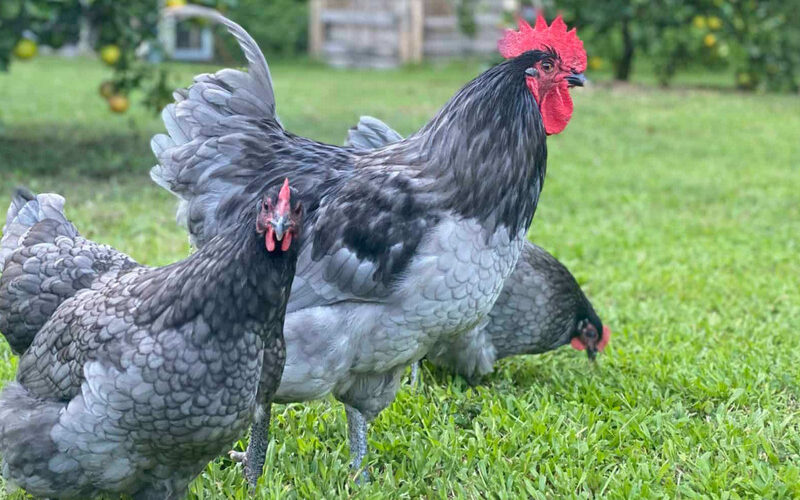The Blue Australorp Chicken is a beautiful and unique breed that has become a favorite among poultry enthusiasts. Known for their gentle temperament and striking appearance, Blue Australorps make a great addition to any flock. Whether you are interested in their egg-laying capabilities or are just looking for a friendly bird to care for, this breed offers much more than just beauty. In this article, we will explore their history, physical traits, behavior, and why they are so loved by chicken keepers worldwide. The History and Origin of the Blue Australorp The Blue Australorp is a variation of the original…
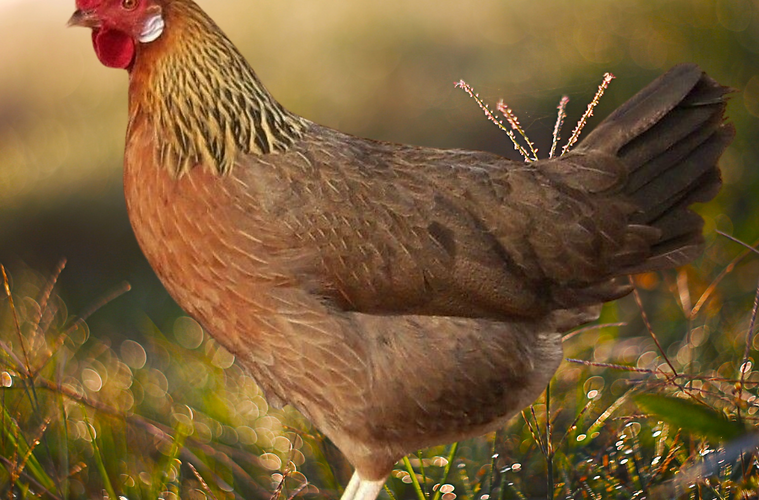
Brown Leghorn chickens are an exceptional breed in the world of poultry. Known for their impressive egg-laying abilities and active nature, these birds have a distinct history and striking physical features. Whether you’re a seasoned poultry keeper or new to raising chickens, the Brown Leghorn is a breed worth knowing. Their energetic personality and consistent egg production make them a favorite for many. Brown Leghorn Chicken History and Origin The Brown Leghorn is a variety of the Leghorn breed, which originated in Italy. Leghorns were brought to North America in the 1800s, and over time, breeders in the United States…
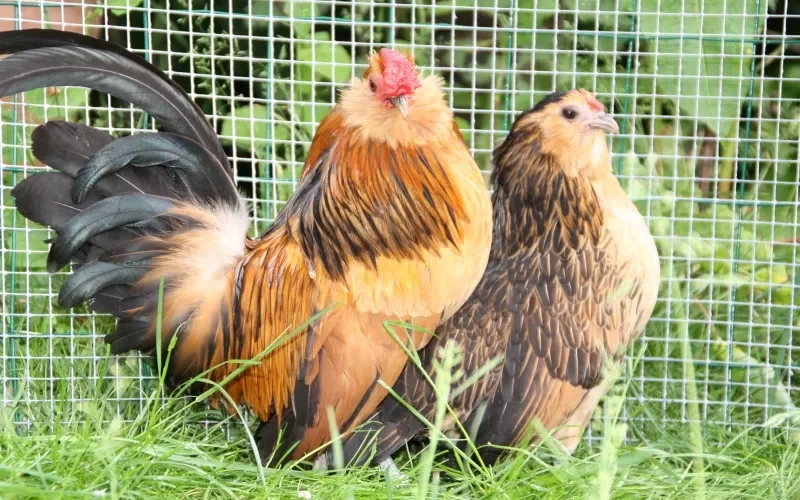
The Barbu d’Anvers chicken is a charming addition to any poultry enthusiast’s flock. Known for its unique appearance, gentle demeanor, and long history, this tiny bird captivates people worldwide. Whether you’re a seasoned farmer or a backyard hobbyist, this guide will introduce you to the delightful world of the Barbu d’Anvers chicken. Let’s explore its origins, traits, and why it’s such a favorite in the poultry community. The History of the Barbu d’Anvers Chicken Hailing from Antwerp, Belgium, the Barbu d’Anvers chicken dates back to the 17th century. Its name, meaning “bearded of Antwerp,” highlights its most distinctive feature: a…
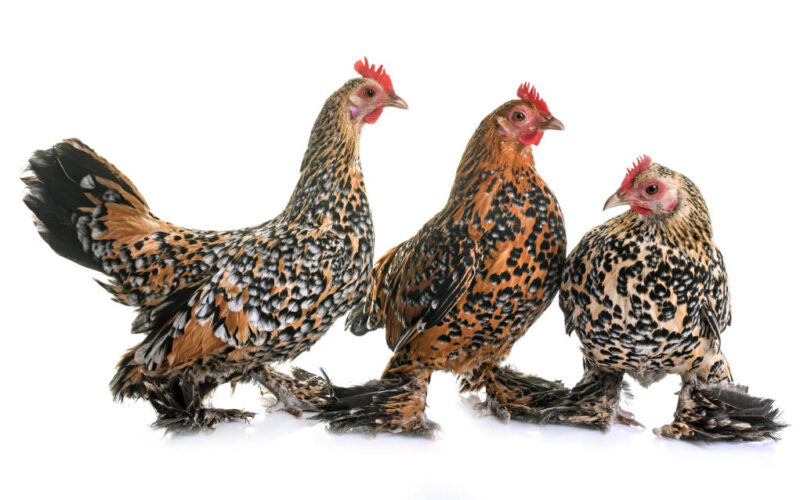
Booted Bantam chickens are tiny yet eye-catching members of the poultry family. Known for their distinctive feathered legs and cheerful demeanor, these ornamental birds are a favorite among backyard chicken keepers. Whether you’re a seasoned poultry enthusiast or someone new to raising chickens, this breed offers plenty to admire. Let’s dive into the Booted Bantam chicken's captivating characteristics, history, and charm. A Glimpse into Their History The Booted Bantam chicken originated in Europe, particularly in the Netherlands. These birds earned their name from the fluffy feathers covering their legs and feet resembling "boots." Historically, they were prized as ornamental chickens…
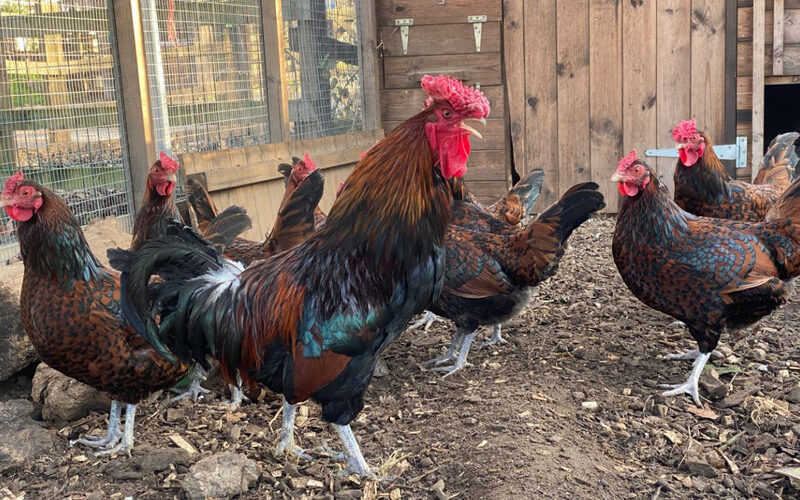
The Redcap Chicken is a fascinating poultry breed with a rich history and a striking appearance. Known for their bright red combs and curious behavior, these chickens stand out in any flock. Whether you're a backyard chicken keeper or a heritage breed enthusiast, the Redcap Chicken is a bird worth exploring. History and Origin of Redcap Chickens Redcap Chickens, also called Derbyshire Redcaps, originated in Derbyshire, England, during the 19th century. This heritage breed was developed by selectively breeding local landrace chickens with influences from Old English Game and Spanish chickens. They became known for their unique appearance and versatility.…
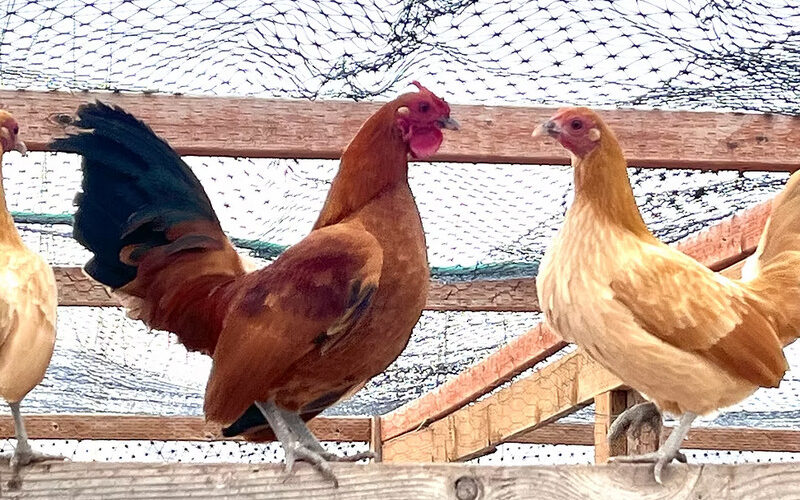
If you’re curious about the Nankin Bantam Chicken, you’re in for a treat! These charming poultry have captured the hearts of backyard keepers and enthusiasts alike. Known for their small size, distinctive plumage, and friendly nature, Nankin Bantams are an excellent addition to any flock. In this article, we’ll explore their fascinating history, unique traits, and delightful personalities. A Glimpse Into Nankin Bantam Chicken History The Nankin Bantam Chicken, often simply called the Nankin, boasts an impressive legacy. Originating in Southeast Asia, particularly near Nanjing, China, this breed has been around for centuries. Historical records trace its presence back to…
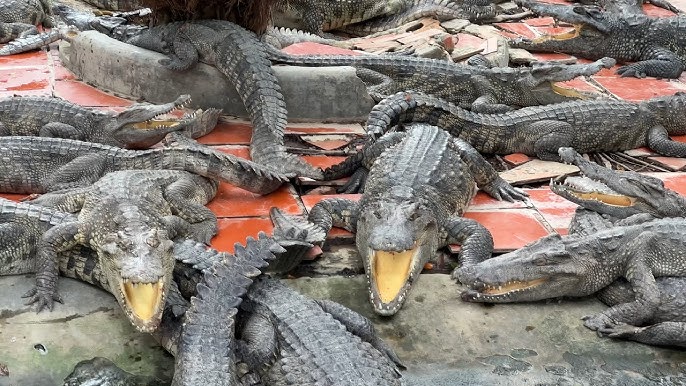
Crocodile farming is a unique and profitable business, especially in the Philippines. This tropical country provides the perfect environment for crocodile species to thrive. If we want to explore a venture with a growing market, crocodile farming could be a good option. What is Crocodile Farming? Crocodile farming involves raising crocodiles for commercial purposes. These farms produce crocodile meat, leather, and other products made of crocodile. This industry is expanding globally due to the high demand for crocodile-based items. Crocodile farming is becoming more popular in the Philippines because of its potential for profit and sustainability. Why Choose Crocodile Farming…

